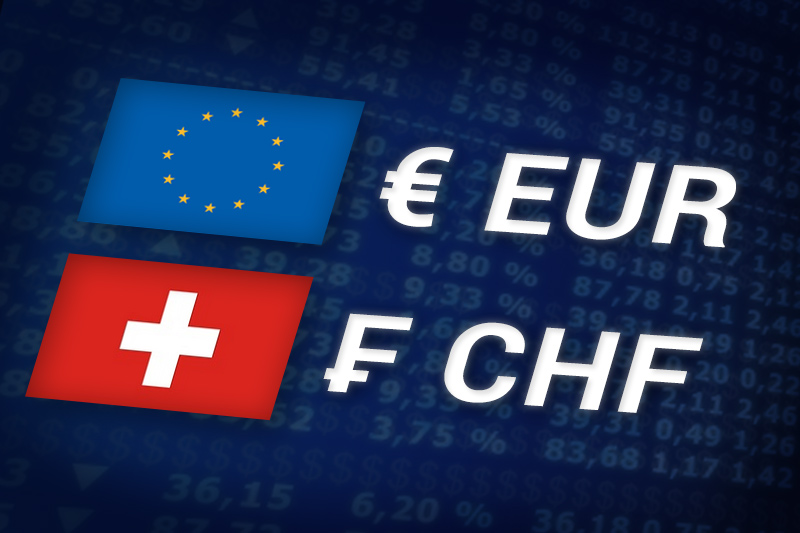Investing.com - The euro was trading within striking distance of intervention levels against the Swiss franc in thin market conditions on Monday, as Friday’s weaker-than-expected U.S. jobs data and concerns over the euro zone weighed on market sentiment.
EUR/CHF hit 1.2009 ahead of the U.S. open, the session low; the pair subsequently consolidated at 1.2014, inching up 0.06%.
The pair was likely to find support at 1.1997, last Thursday’s low and the lowest level since September’s intervention by the Swiss National Bank and resistance at 1.2039, Thursday’s high.
The U.S. Department of Labor said Friday that nonfarm payrolls rose by 120,000 in March, the lowest since December and well below expectations for a 203,000 increase.
It was the first time since November that hiring failed to top the 200,000 level, renewing concerns over the health of the U.S. economy.
The unemployment rate ticked down to 8.2%, the lowest since January 2009, from 8.3% in February. However, the data showed that the decline stemmed entirely from people dropping out of the labor force.
The disappointing data cast doubts over the strength of the U.S. economic recovery and revived expectations that the Federal Reserve may conduct a third round of monetary easing to bolster growth.
Meanwhile, concerns over Spain’s high borrowing costs and worries that the euro zone economy is sliding into a recession weighed on sentiment towards the single currency.
On Thursday, the euro briefly breached the 1.20 minimum exchange rate imposed by the SNB in early September, as markets wound down for the Easter holidays.
Following the move, a spokesperson for the SNB reiterated that the central bank was committed to defending the 1.20 minimum exchange rate level.
The euro was lower against the U.S. dollar and the yen, with EUR/USD sliding 0.18% to hit 1.3072 and EUR/JPY shedding 0.54% to hit 106.31.
Trading volumes were expected to stay light on Monday, with markets in the U.K. and the euro zone closed for the Easter holidays.
EUR/CHF hit 1.2009 ahead of the U.S. open, the session low; the pair subsequently consolidated at 1.2014, inching up 0.06%.
The pair was likely to find support at 1.1997, last Thursday’s low and the lowest level since September’s intervention by the Swiss National Bank and resistance at 1.2039, Thursday’s high.
The U.S. Department of Labor said Friday that nonfarm payrolls rose by 120,000 in March, the lowest since December and well below expectations for a 203,000 increase.
It was the first time since November that hiring failed to top the 200,000 level, renewing concerns over the health of the U.S. economy.
The unemployment rate ticked down to 8.2%, the lowest since January 2009, from 8.3% in February. However, the data showed that the decline stemmed entirely from people dropping out of the labor force.
The disappointing data cast doubts over the strength of the U.S. economic recovery and revived expectations that the Federal Reserve may conduct a third round of monetary easing to bolster growth.
Meanwhile, concerns over Spain’s high borrowing costs and worries that the euro zone economy is sliding into a recession weighed on sentiment towards the single currency.
On Thursday, the euro briefly breached the 1.20 minimum exchange rate imposed by the SNB in early September, as markets wound down for the Easter holidays.
Following the move, a spokesperson for the SNB reiterated that the central bank was committed to defending the 1.20 minimum exchange rate level.
The euro was lower against the U.S. dollar and the yen, with EUR/USD sliding 0.18% to hit 1.3072 and EUR/JPY shedding 0.54% to hit 106.31.
Trading volumes were expected to stay light on Monday, with markets in the U.K. and the euro zone closed for the Easter holidays.
